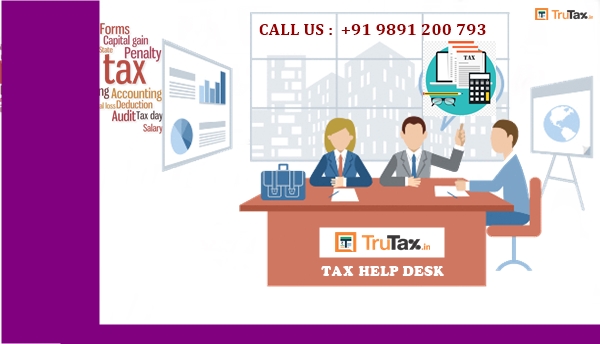
Taxation and Financial Planning: We know that knowing the tax ramifications of any investment is essential to developing a complete plan for our life. Without the intimate knowledge of taxation in relation to wealth, it is like running a marathon without shoes.
You may anticipate significant changes in income or expenses based on a change of job or career, or a change of life stage or lifestyle. Not only may the amounts of income or expenses change, but the kinds of incomes or expenses may change as well. Taxation and Financial Planning for those changes in relation to tax obligations is part of personal financial planning.
Obligations change more broadly as your stage of life changes. Although everyone is different, there is a typical pattern to aging, earning, and taxes-
In young adulthood, you rely on income from wages, and you usually have yet to acquire an asset base, so you have little income from interest, dividends, or capital gains. Your family structure does not include dependents, so you have few deductions but also low taxable income.
As you progress in your career, you can expect wages, expenses, and dependents to increase. You are building an asset base by buying a home, possibly saving for your children’s education, or saving for retirement. Because those are the kinds of assets encouraged by the government, they not only build wealth but also create tax advantages—the mortgage interest deduction, retirement, or education savings exemption.
Generally, you can expect your income to increase during your middle adult life, but that is when many people typically have dependents and deductions such as mortgage interest and job-related expenses to offset increased tax obligations. As you age, and especially when you retire, you can expect less income and also fewer deductions: any kids have left home, the mortgage in paid off.
The bigger picture is that at the stages of your life when income is increasing, so are your deductions and exemptions, which tend to decrease as your income decreases. Although your incomes change over your lifetime, you tax obligations change proportionally, so they remain relative to your ability to pay.
The tax consequences of such changes should be anticipated and considered as you evaluate choices for financial strategies. Because the tax code is a matter of law it does change, but because it is also a matter of politics, it changes slowly and only after much public discussion. You can usually be aware of any tax code changes far enough in advance to incorporate them into your Taxation and Financial Planning.
There are two types of taxes in India –
- Direct Tax: A direct tax is a tax you pay on your income directly to the government.
- Indirect Tax: Indirect tax is a tax that restaurants, theatres and e-commerce websites charge you on for goods or a service. This tax is, in turn, passed down to the government. Indirect taxes take many forms: service tax on restaurant bills and movie tickets, value added tax or VAT on goods such as clothes and electronics.
Goods and services tax, which has recently been introduced, is a unified tax that has replaced all the indirect taxes that business owners have to deal with.
The Income Tax Department breaks down income into five heads:
| S. No | Type of Income | Income covered |
| 1 | Income from Salary | income from salary and pension |
| 2 | Income from Other Sources | Income from savings bank account interest, fixed deposits, winning Tottery |
| 3 | Income from House Property | mostly rental income from your house |
| 4 | Income from Capital Gains | Income from sale of a capital asset such as mutual funds, shares, house property |
| 5 | Income from Business and Profession | When you are self-employed, work as a freelancer or contractor or you run a business. Life insurance agents, chartered accountants, doctors and lawyers who have their own practice, tuition teachers etc. |
Tax Slabs
How much tax you should pay depends upon the tax slab applicable to your income. Income tax is calculated on the basis of these tax slabs.
taxpayers under 60 years of age in FY 2018-2019 and FY 2017-2018-
| Income Slab | Tax Rate |
| Up to Rs.2,50,000 | No Tax |
| Rs.2,50,000 – Rs.5,00,000 | 5% |
| Rs.5,00,000 – Rs.10,00,000 | 20% |
| Rs.10,00,000 and beyond | 30% |
Income tax calculation:
Income from salary = Basic salary + HRA + Special Allowance + Transport Allowance + any other allowance.
Some components of your salary are exempt from tax, such as,
Medical reimbursements
Telephone bills reimbursement.
If you receive HRA and live on rent, you can claim exemption on HRA.
Transport allowance is given to employees as part of their salary to meet travel expenses from residence to work & back. Starting financial year 2015-16, limit of exemption on transport allowance is 1,600 per month or Rs 19,200 per annum.
For further information and help related to Taxation and Financial Planning feel free to get in touch with Trutax.in Our Help line number +91 9891200793 available for small business and startup to grow their business rapidly.
